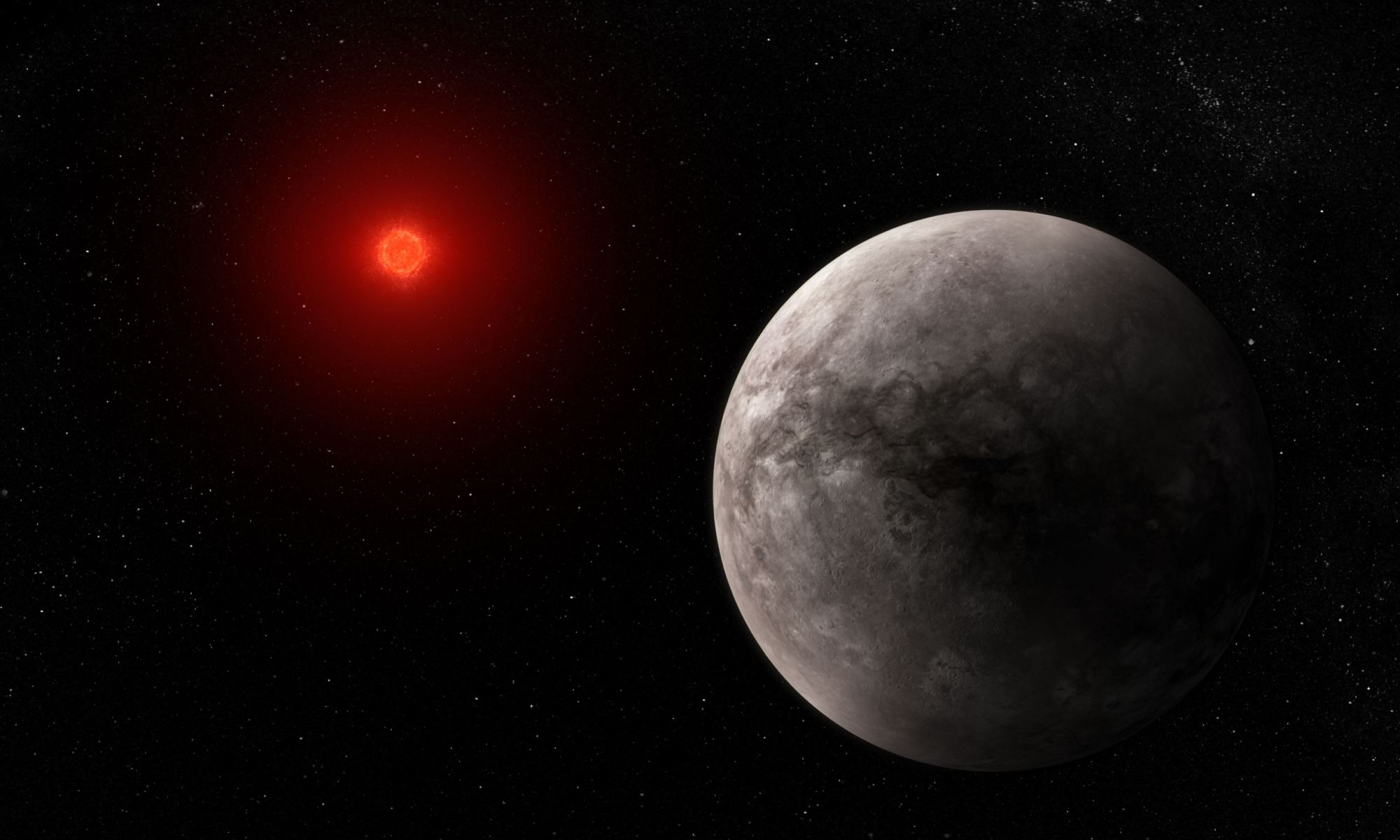Since the discovery of the first exoplanet in 1992, thousands more have been discovered. 40 light years away, one such system of exoplanets was discovered orbiting a star known as Trappist-1. Studies using the James Webb Space Telescope have revealed that one of the planets, Trappist-1 b has a crust that seems to be changing. Geological activity and weathering are a likely cause and if the latter, it suggests the exoplanet has an atmosphere too.
Continue reading “One of the Most Interesting Exoplanets Just Got Even More Interesting!”One of the Most Interesting Exoplanets Just Got Even More Interesting!


